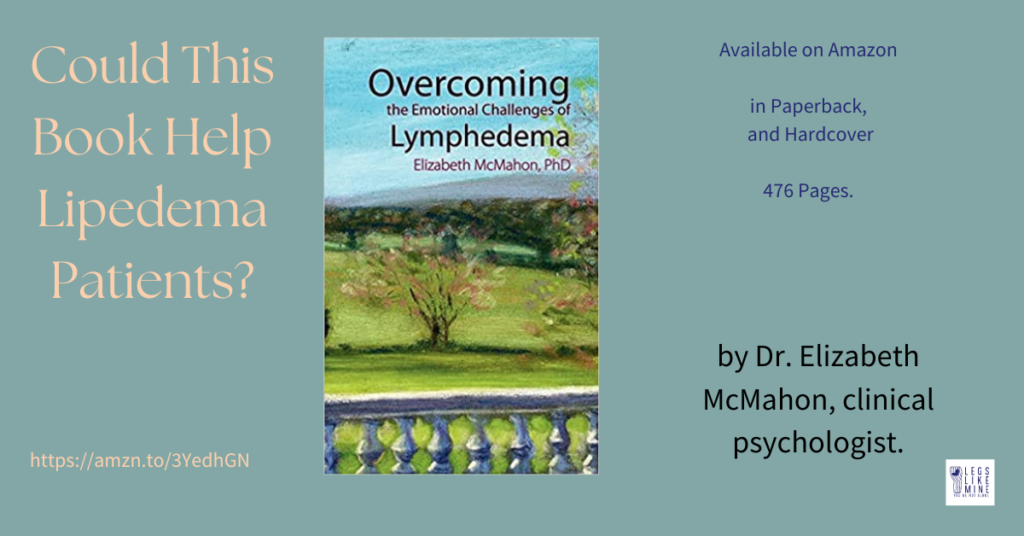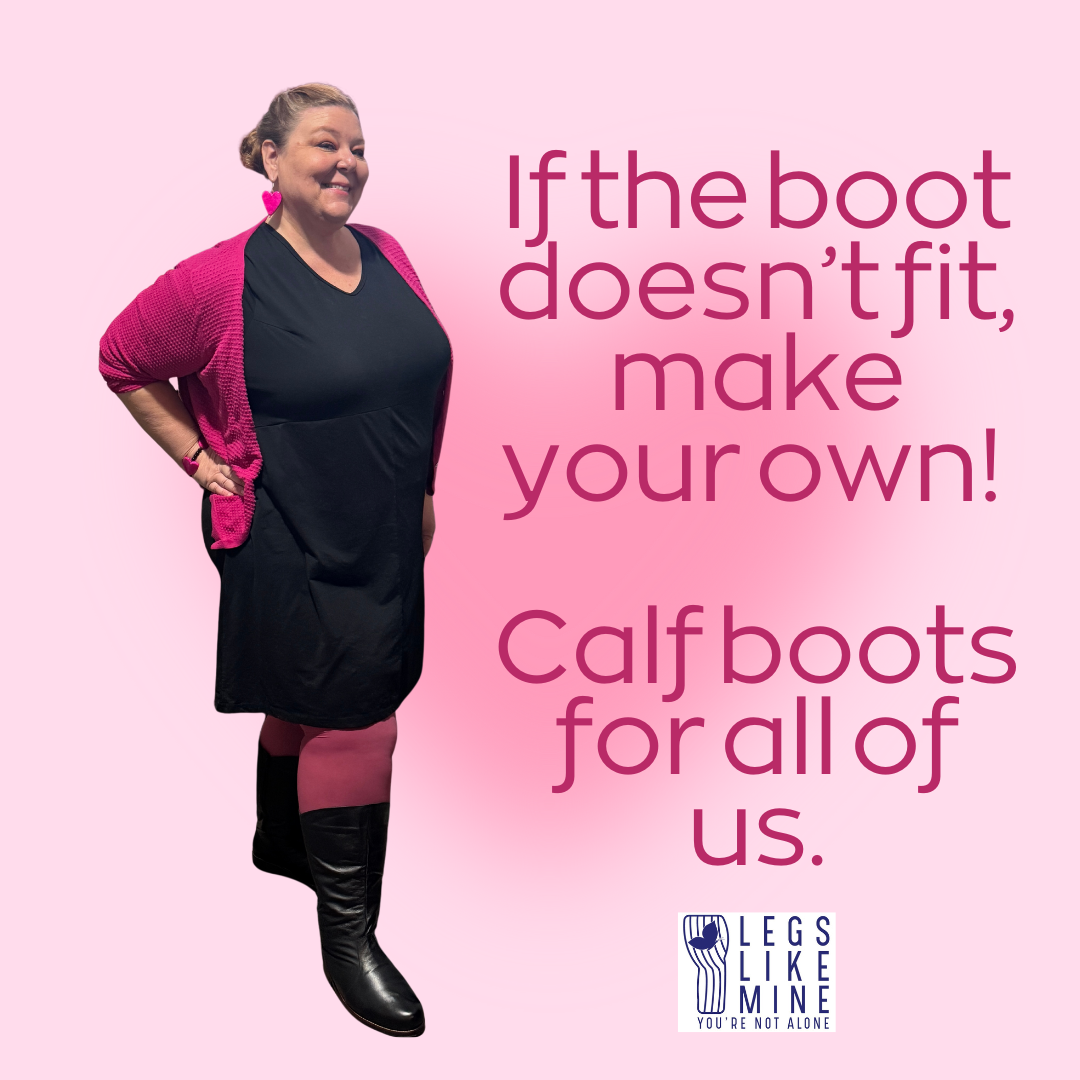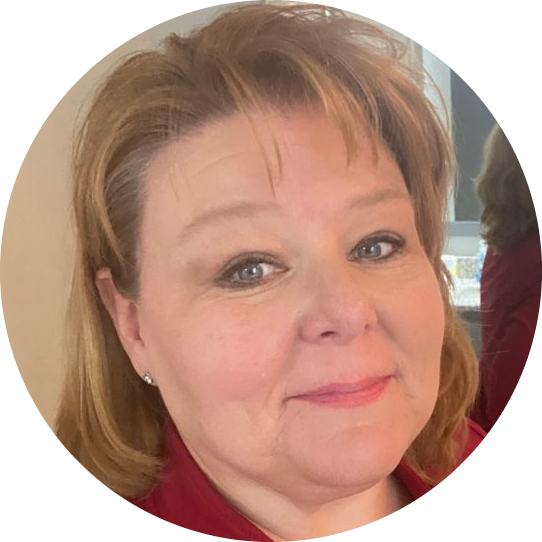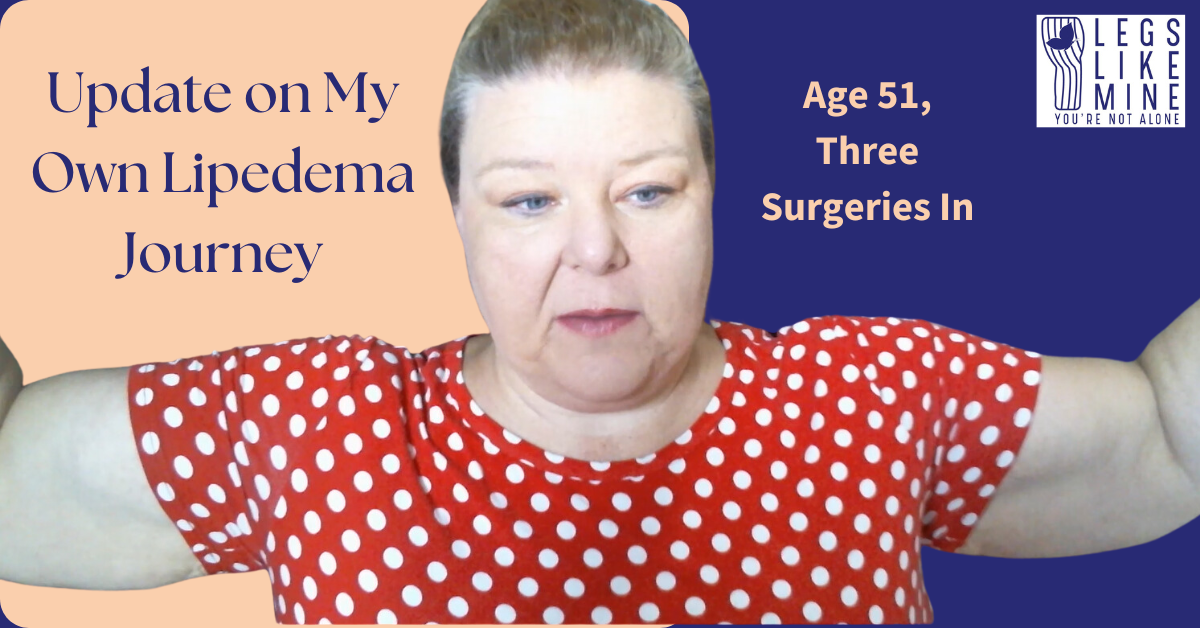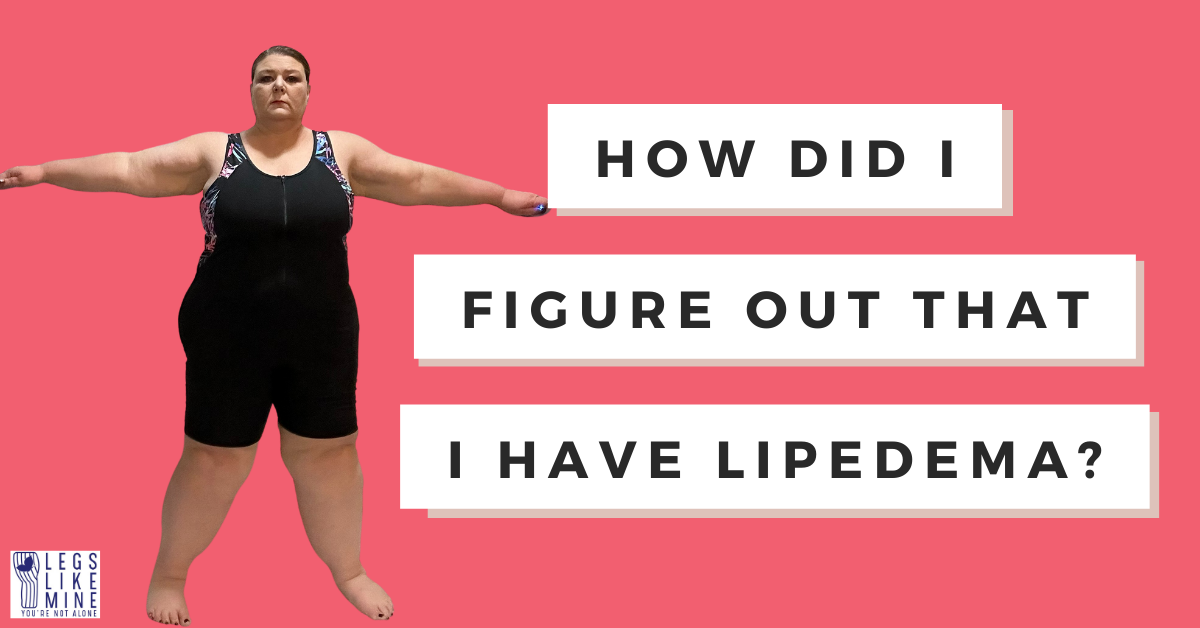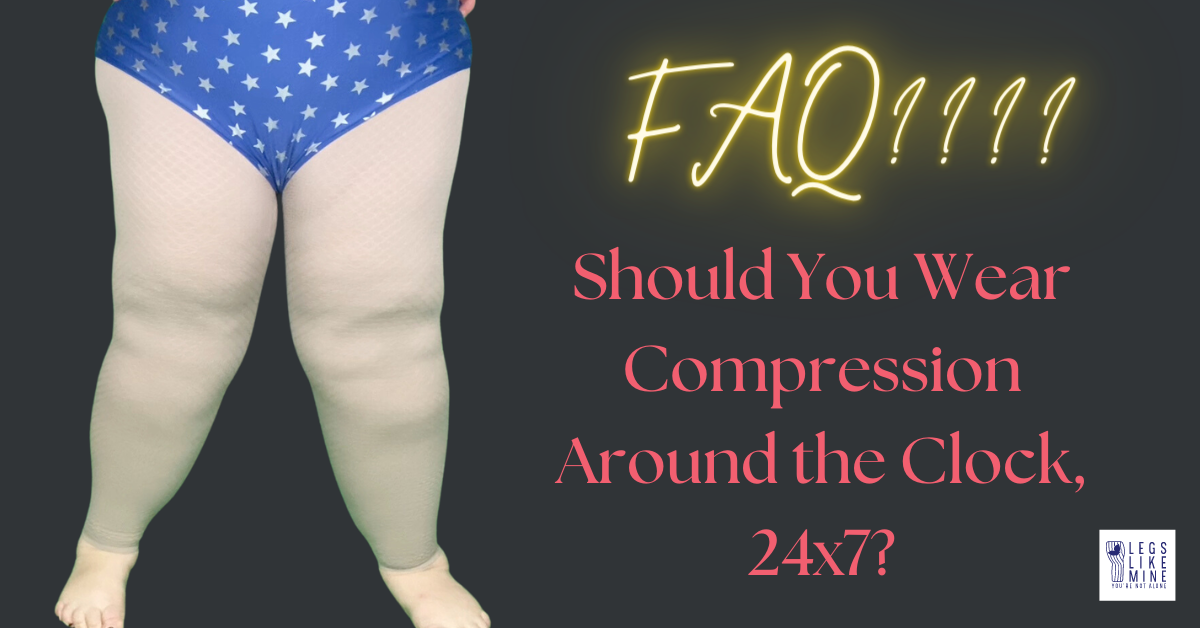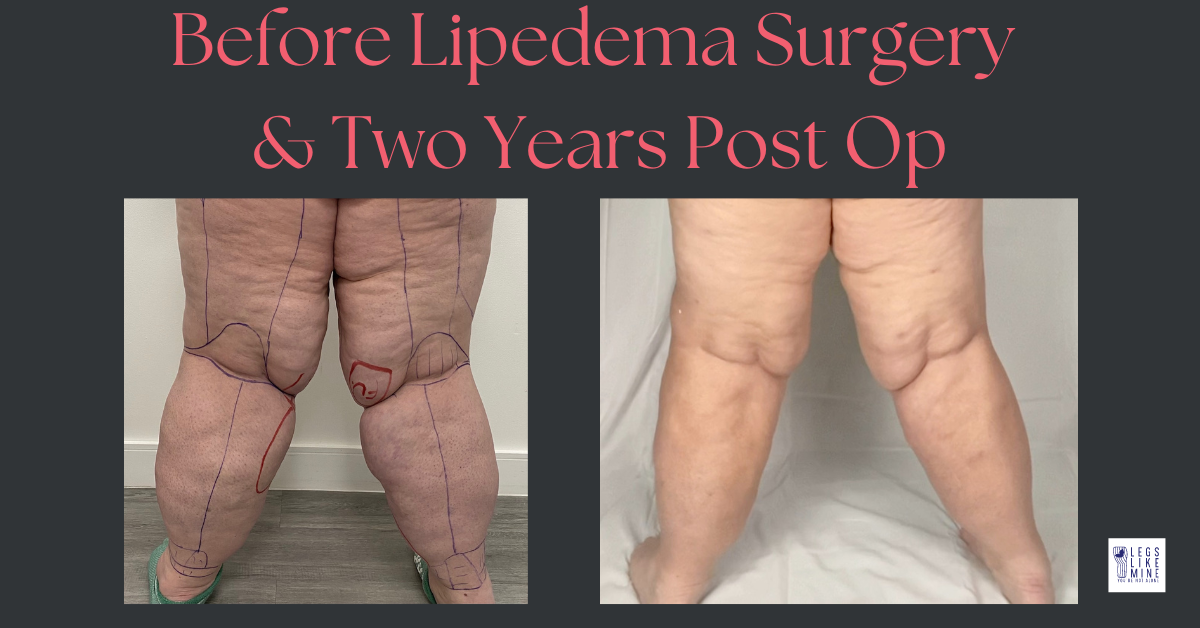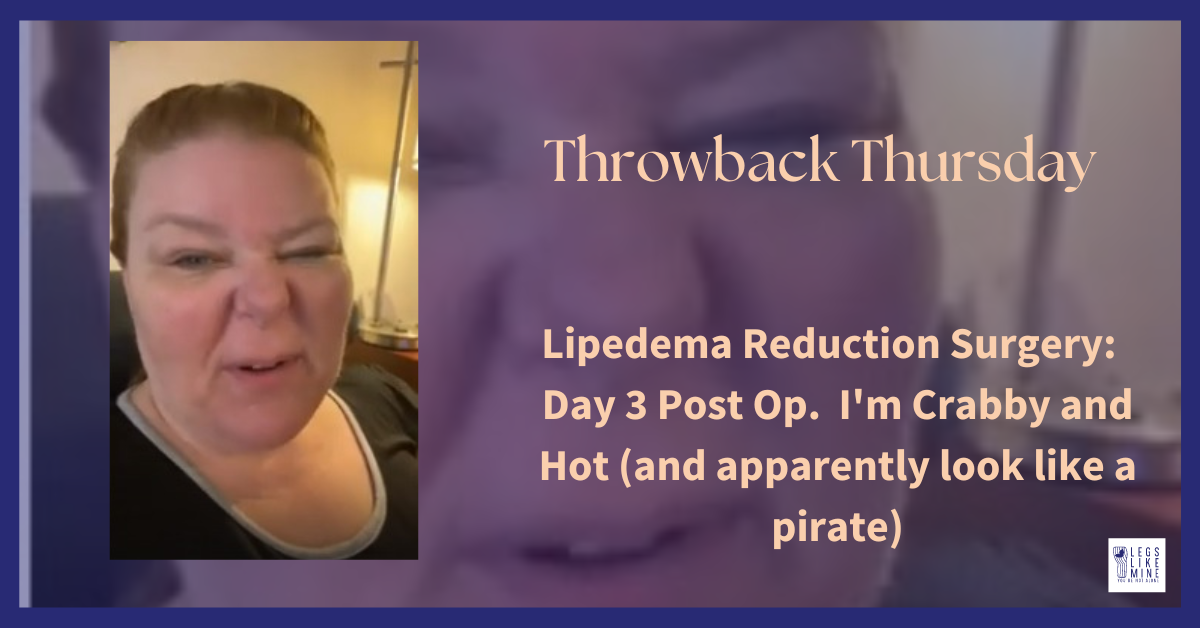Hi Friends!
Many of you know, I’m fortunate enough to participate in the Lipedema Education Group meetings. This group’s mission is to, “develop and share lipedema, lymphedema, and Dercum’s Disease care guidelines for medical professionals, people with these conditions, and caregivers.” As I sit in on these meetings, I realize that many of the professionals here treat lymphedema, as well as lipedema. And it turns out, many of us with later stage lipedema also have lymphedema (lipo-lymphedema). Either way, we also share the emotional issues that arise from having a condition that affects our physical bodies in a similar fashion, and many of the tests and treatments for lipedema and lymphedema are similar, or even, the same.
The book below is written by a clinical psychologist, Dr. Elizabeth McMahon, who has very extensive background in psychology and a deep personal connection to patients with lymphedema. I’ve gotten a copy of this book and begun digging in; I believe that the information in it can be helpful for lipedema patients as well. I know I’m going to use several of the ideas that Dr. McMahon discusses. This book is a long read (476 pages), and one that you can keep on the shelf as actual reference.
I wanted to give one other pointer to you, if you’re looking for information, whether it be from books, YouTube, current research papers, or Google. Here are some search terms that help me find information: lipedema, lipoedema, lymphatic diseases, lymphedema. Maybe you can find what you’re looking for using these broader search terms as well. I noticed that the number of hits on Amazon for each of these topics varies from 26 on the topic of lipoedema (spelled the European way) all the way to more than 30,000 if you look up lymphatic diseases. I think there’s more information out there for us that applies, if we just know how to find it!
If you haven’t seen my first book, Jeans on a Beach Day, I have a relatively short chapter in there about the psychology of having lipedema. It’s a quick read and based on my personal experience as a patient, but definitely not from a trained professional’s perspective with evidence-based tools, or anything like that. This book has helped so many ladies understand and cope with their condition, which can be very isolating. It’s great to see other people going through the same things and to feel a sense of being together in the fight.
I hope these tools help you get a nugget of information you can apply to your own healing.
Take care and stay well, friends!
Susan
